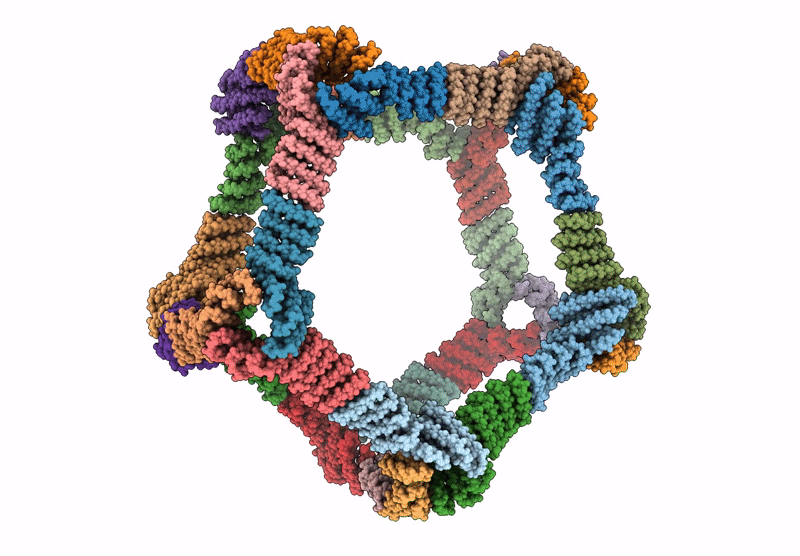
Deposition Date
2024-10-16
Release Date
2024-10-30
Last Version Date
2024-11-13
Entry Detail
PDB ID:
9DZE
Keywords:
Title:
Computationally Designed Bifaceted Protein Nanomaterial pD5-14
Biological Source:
Source Organism:
synthetic construct (Taxon ID: 32630)
Host Organism:
Method Details:
Experimental Method:
Resolution:
4.30 Å
Aggregation State:
PARTICLE
Reconstruction Method:
SINGLE PARTICLE


